For hobbyists, small machine shops and model engineers
Small bench vise 60 mm and Anvil Perfect 1 Our clamp-on Miniature Machinist‘s Vise holds all types of small components securely. Made of cast iron with machined jaw faces and twin guide rods to keep jaws parallel. Includes a handy anvil surface for hammering.
find Burfitt tools on Facebook
When it comes to clamping, there’s nothing as precise as this 60mm vise. The jaw surface is machined and the anvil is electrically-welded for a perfect, unbreakable bond. It can open to a jaw width of 60mm and has a working length of 175mm. Weighing at just 1.22 kg and with jaws up to 1 inch thick,
Whether you’re a hobbyist or professional engineer, this clamp-on Miniature Machinist’s Vise is a must-have for any tool chest! The cast iron construction ensures durability, while the machined jaw faces ensure a close grip on any type of material. The jaws are machined with twin guide rods to keep them in alignment. Extra-large mounting holes in the base provide a wide variety of mounting options.
When you need a small, quality vise for your work, look no further than our clamp-on Miniature Machinist’s Vise. Made from cast iron and machined to perfection, it’ll hold your items securely
see also tjhis tools perfect for your workshop Small Metal Gear Puller & Wheel Extractor best no.1
A Guide to different types of Vises
Small bench vise 60 mm and Anvil Perfect 1
Woodworking Vises
The type of vise most commonly used as a woodworking vise is the bench vise. It consists of several components. The elements of the vise responsible for holding a workpiece are called jaws. A set of jaws, one fixed and one moving parallel to the other, secures the workpiece with a screw mechanism, which moves one jaw in toward the other until they tightly fasten upon the workpiece. Jaws are typically made of wood, plastic, or metal, depending on the specific application.
Small bench vise 60 mm and Anvil Perfect 1
Bench vises do not necessarily need to be attached to workbenches—as long as the working surface is stable, a bench vise can be attached either directly to the surface or the side. Vises attached directly to the top of the surface feature a swivel, enabling the vise to rotate as needed.
Because many bench vises tend to feature metal jaws, lining the jaws with wood or a similar material to protect the integrity of the workpiece can be a good idea. Jaws can be replaced as they become worn over time. Some bench vises can also function as an anvil. Bench vises vary according to their strength, durability, and application. Heavy duty and medium duty bench vises are commonly used for industrial operations.
Heavy-Duty Bench Vises
Heavy-duty bench vises are frequently made from iron so that they can withstand heavier applications and frequent use, and are sometimes referred to as machinists’ vices. The featured components include serrated steel jaws, precision slide bar, and an ACME-threaded main screw.
Fasteners should be purchased, and fasteners for attaching the jaws to the vise will often include an additional set of replacement jaws, to be installed when the first set wears out. A typical heavy-duty bench vise will either be stationary or feature a 360-degree swivel. Bench vises with pipe jaws feature a secondary set of steel pipe jaws, which also rotate 360 degrees and are replaceable.
Medium Duty Bench Vises
Well-suited for a wide array of applications, medium-duty bench vises are often made of iron and feature replaceable steel top jaws, as well as pipe jaws. Many also feature a 360-degree swivel and a built-in anvil. Jaw faces can be switched between serrated and smooth sides, depending on the given application.
Pipe Vises
Pipe vises are used in plumbing to hold pipes or tubing secure while they’re cut or threaded. They can hold pipes as small as 3 mm in diameter, or as large as 200 mm. They may be fitted onto a workbench or used with a mobile tripod stand. A stand is generally used for projects that take place outside of a workshop. They are foldable for transportation, and sometimes two or more are used for long lengths of pipe.
Chain Vises
Chain vises use a chain to secure the pipe. The pipe is held in a V-shaped support by a chain that clamps tightly around the pipe. The chain is usually made of high-tensile steel. Chain pipe vices work well with irregularly shaped pipes or other objects. In comparison to hinged vices, they tend to have a larger working range and capacity because only the length of its chain limits the working range of the vice.
The large clamping surface of the chain means that the entire circumference of the pipe can be gripped securely. However, securing a pipe in place with a chain pipe vice takes more time than other vises. This is because the chain must be carefully threaded between the jaws of the tool to clamp the pipe firmly in place.
Yoke Vises
Yoke vises, also known as hinged vises or adjustable jaw vices, use a screw to clamp the pipe in place. A fixed v-shaped lower jaw and a moving upper jaw hold lengths of pipe in place. Both jaws are serrated for a better grip.
The workpiece is situated on the stationary jaw before the moving jaw is lowered with a screw and pressure exerted. A tommy-bar turns the screw to adjust the space between the jaws of the vice. Yoke vices can be clamped to a workbench or a tripod stand and are usually made of cast iron.
Metalworking Vises
Metalworking vises, also called engineer’s vises, hold pieces of metal in place instead of wood, in order to file and cut them. These vises are sometimes made of cast steel but are mainly made of cast iron. Some have a cast iron body with a steel channel bar. Cast iron is a popular material to use because it is rigid, strong, and inexpensive. The jaws are often a separate piece so that they’re replaceable.
Soft jaw covers may be used to protect delicate work, and are made of aluminum, copper, wood, or plastic. They are often bolted onto a workbench, with the face of the jaws jutting out a little over the front edge. These vises may also have a small anvil on the back of their bodies, and most have a swivel base. For more information on engineer’s vises, also known as machinist’s vises, read our guide here.
Summary
This article presented an understanding of the different types of vises and how they work. For more information on related products, consult our other guides or visit the Thomas Supplier Discovery Platform to locate potential sources of supply or view details on specific products.
Sources
You may also like
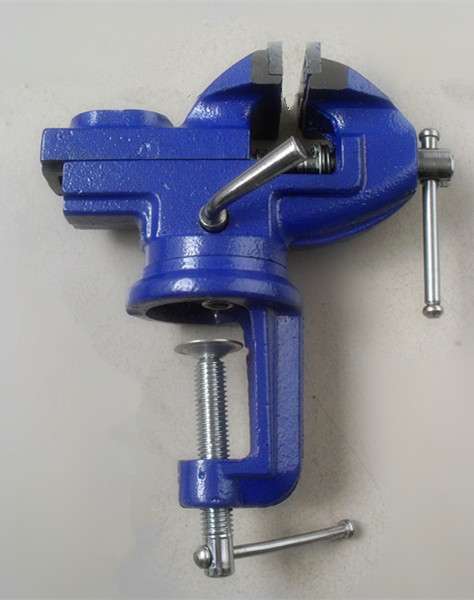
Out of stock





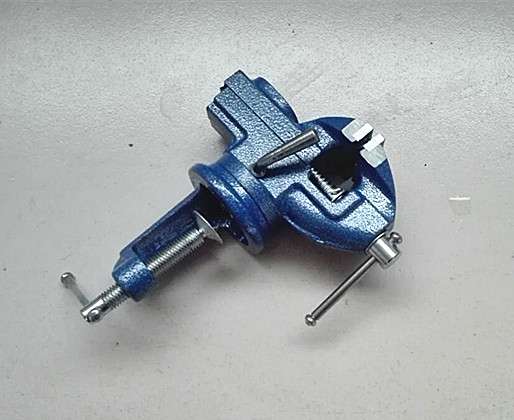
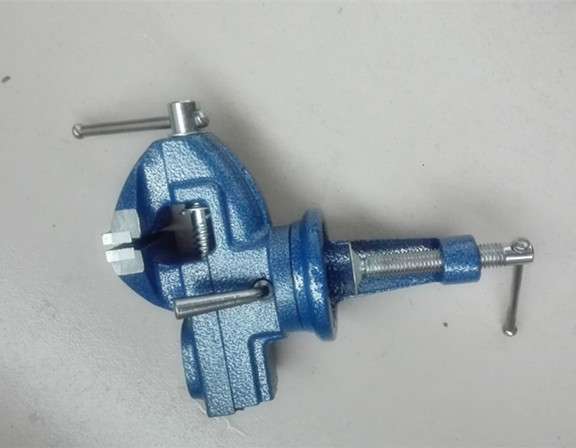

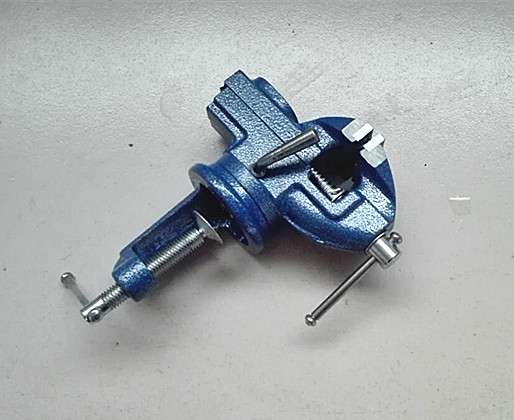
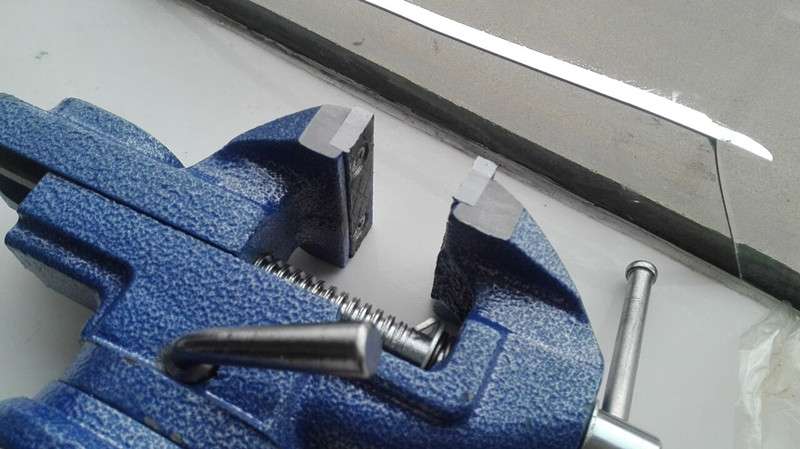
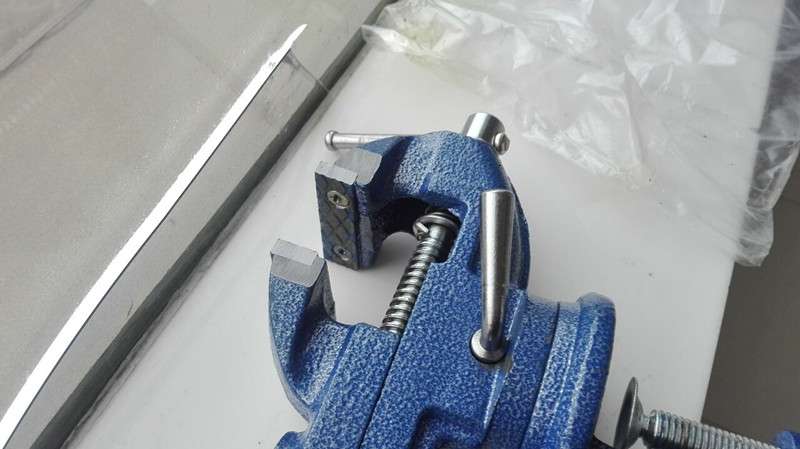
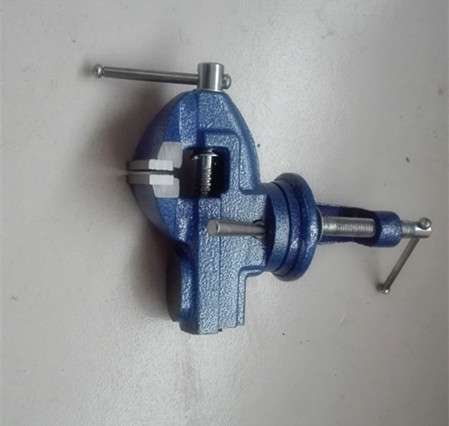
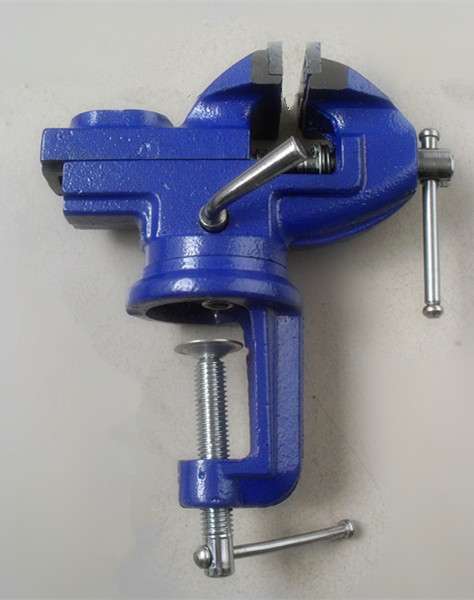
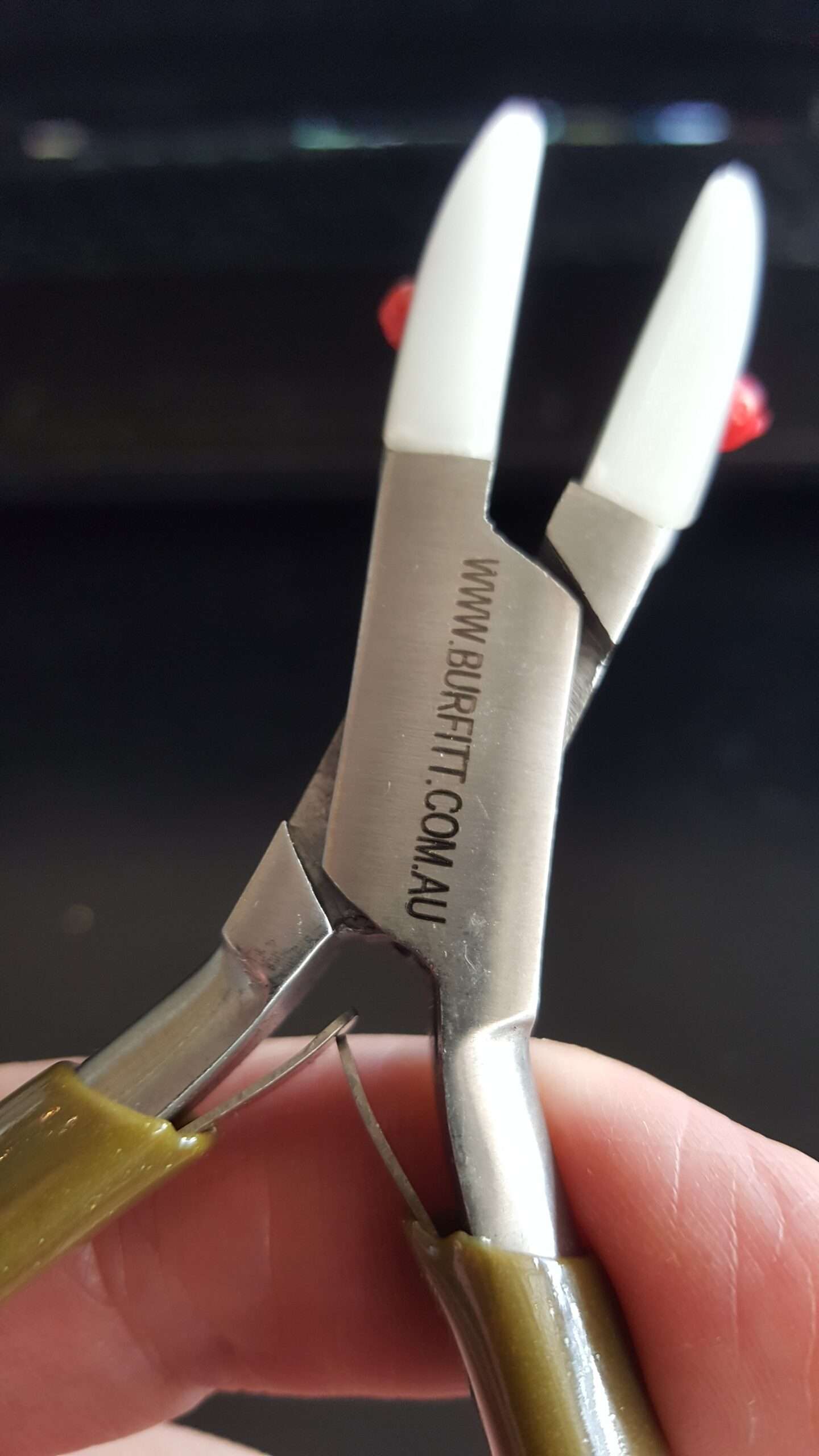
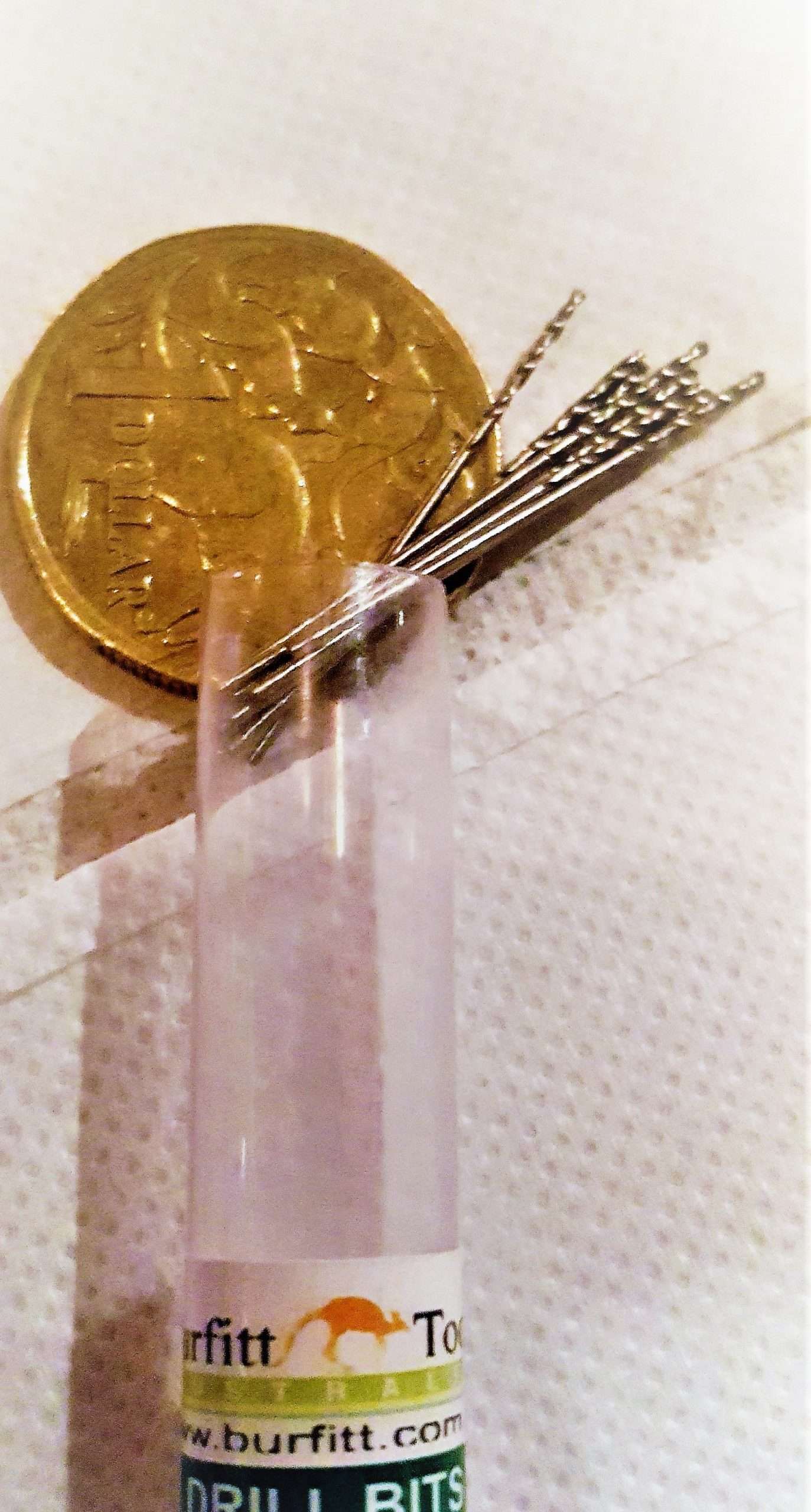
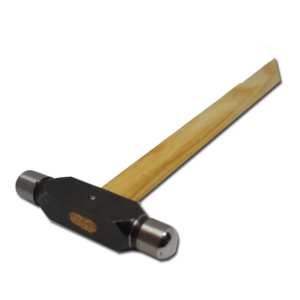

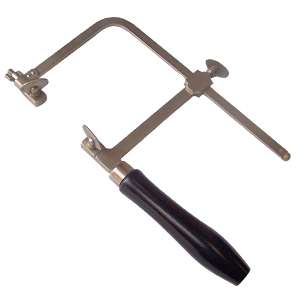
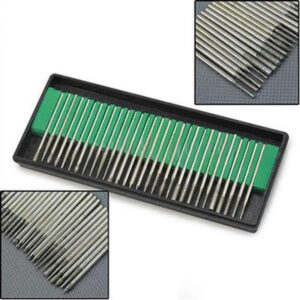

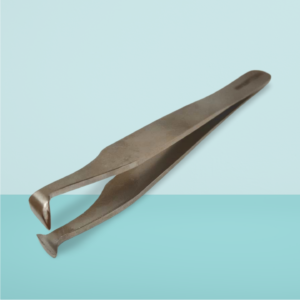
There are no reviews yet.